Home>Articles>What To Use To Level A Rolling Tool Chest In A Garage
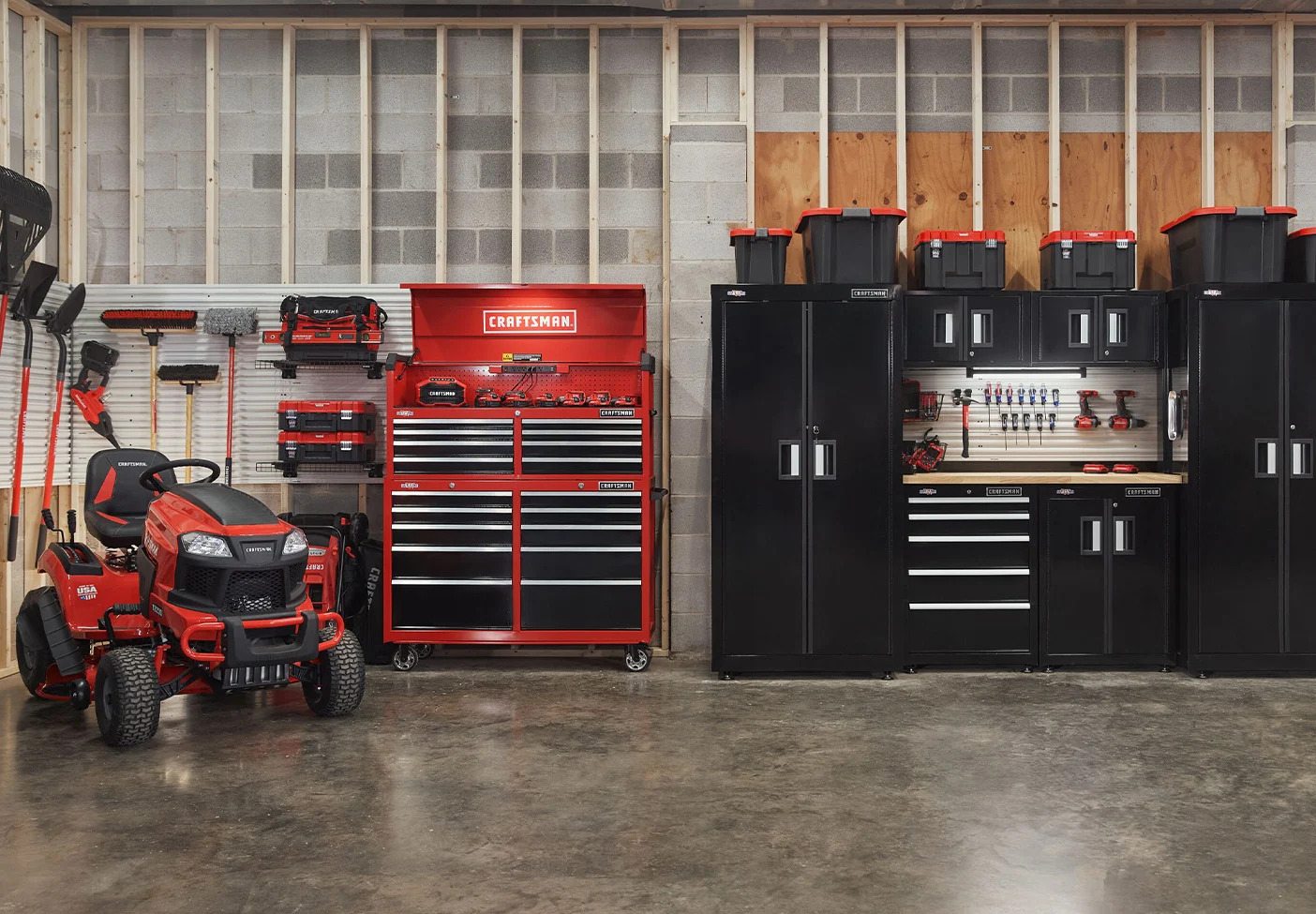

Articles
What To Use To Level A Rolling Tool Chest In A Garage
Modified: August 28, 2024
Level your rolling tool chest in your garage with these helpful articles. Find out what tools and methods to use for a stable workbench setup.
(Many of the links in this article redirect to a specific reviewed product. Your purchase of these products through affiliate links helps to generate commission for Storables.com, at no extra cost. Learn more)
Introduction
When it comes to organizing and storing tools in a garage, a rolling tool chest is a popular choice for many homeowners and DIY enthusiasts. This versatile storage solution not only provides ample space for your tools but also allows for easy mobility around the workspace. However, it’s important to ensure that the tool chest is properly leveled to maintain its functionality and safety.
Leveling a rolling tool chest in a garage is crucial for several reasons. Firstly, an unlevel tool chest can cause drawers and compartments to slide open or shut on their own, making it difficult to access your tools efficiently. This can lead to frustration and wasted time searching for the right tool when you need it the most.
Secondly, an unlevel tool chest poses a safety risk. If it’s leaning to one side or wobbling, there’s a higher chance of it tipping over, potentially causing damage to your tools and even injuring yourself or others in the process. Leveling the tool chest ensures stability and reduces the risk of accidents.
Fortunately, there are a few different options available for leveling a rolling tool chest in a garage. Let’s take a closer look at these options:
Key Takeaways:
- Properly leveling a rolling tool chest in your garage is crucial for functionality and safety, preventing frustrating drawer issues and potential accidents. Consider adjustable leveling feet, shims, or leveling blocks based on floor condition and weight capacity.
- When leveling a rolling tool chest, consider factors such as floor condition, weight capacity, and ease of adjustability. Choose the best method to ensure a stable, level surface for efficient and safe tool storage in your garage.
Read more: How To Stiffen Up A Rolling Tool Chest
Why is Leveling Important?
Leveling a rolling tool chest in a garage is not just a matter of aesthetics; it has a significant impact on both functionality and safety. An unlevel tool chest can create a host of issues that can hinder your workflow and potentially lead to accidents.
When a tool chest is not properly leveled, the drawers and compartments may not open or close smoothly. This can be frustrating and time-consuming, especially when you’re in the middle of a project and need quick access to a specific tool. Additionally, an unlevel tool chest can cause the drawers to slide open or shut on their own, making it challenging to keep your tools organized and secure.
Furthermore, an unlevel tool chest can compromise the stability and balance of the storage solution. If it’s leaning to one side or wobbling, there’s an increased risk of it tipping over. This not only puts your tools at risk but also poses a danger to yourself and others in the garage. An unbalanced tool chest can also lead to accidental spills, potentially damaging expensive tools or causing injury.
Moreover, an unlevel tool chest can have a negative impact on the overall organization of your garage. Tools that aren’t securely stored in their designated compartments can become misplaced or damaged, leading to additional time and money spent on replacing or repairing them. In a busy workspace, efficiency is key, and having a properly leveled tool chest ensures that you can quickly locate and retrieve the tools you need.
Lastly, an unlevel tool chest can create an unstable work surface. When you’re working on top of a wobbly storage solution, it can be challenging to maintain accuracy and precision in your projects. This can compromise the quality of your work and even pose risks to your safety.
Overall, ensuring that your rolling tool chest is properly leveled is essential for maintaining functionality, organization, and safety in your garage. By addressing any imbalance issues promptly, you can prevent potential accidents, streamline your workflow, and protect your valuable tools.
Leveling Options
When it comes to leveling your rolling tool chest, there are a few different options available. Let’s explore these options in detail:
Option 1: Adjustable Leveling Feet
Adjustable leveling feet are a popular choice for leveling a rolling tool chest. These feet are typically attached to the bottom corners of the tool chest and can be adjusted individually to achieve a level position.
One of the primary benefits of adjustable leveling feet is their versatility. They can accommodate uneven floors, allowing you to achieve a stable and level surface for your tool chest. Additionally, adjustable feet provide excellent stability and prevent your tool chest from wobbling or tipping over.
To install and level your tool chest using adjustable feet, follow these steps:
- Place your rolling tool chest in the desired position in your garage.
- Screw the adjustable leveling feet onto the bottom corners of the tool chest, ensuring they are firmly attached.
- Use a level tool or smartphone app to check the levelness of your tool chest horizontally and vertically.
- If adjustments are needed, simply rotate the adjustable feet clockwise or counterclockwise to raise or lower each corner.
- Continue adjusting the feet until your tool chest is perfectly level.
Option 2: Shims
Shims are thin, wedge-shaped pieces of material that can be used to fill gaps and level surfaces. They are an economical and straightforward option for leveling a rolling tool chest.
To use shims for leveling, follow these step-by-step instructions:
- Start by placing your rolling tool chest in the desired location in your garage.
- Identify the areas where the tool chest is not level or has gaps.
- Insert the appropriate number of shims under the low points to even out the surface.
- Check the levelness of your tool chest using a level tool or app and make adjustments as necessary by adding or removing shims.
- Continue this process until your tool chest is completely level.
Read also: 14 Best Rolling Tool Chest for 2025
Option 3: Leveling Blocks
Leveling blocks are another alternative for leveling a rolling tool chest. These blocks are specifically designed to support heavy loads and provide stable leveling capabilities.
When using leveling blocks, it’s important to select blocks that can handle the weight of your tool chest. Additionally, ensure that the blocks are placed evenly and securely under each corner of the tool chest to achieve proper leveling.
To use leveling blocks effectively, consider the following guidance:
- Select leveling blocks with a weight capacity that exceeds the total weight of your tool chest and its contents.
- Place the leveling blocks under each corner of your tool chest, making sure they are evenly distributed.
- Check the levelness of your tool chest and adjust or reposition the blocks as needed.
- Repeat the leveling process until your tool chest is level and stable.
By utilizing adjustable leveling feet, shims, or leveling blocks, you can ensure that your rolling tool chest is perfectly leveled in your garage. Choose the option that best suits your needs, ensuring a safe and efficient workspace for all your DIY projects.
Factors to Consider
Before choosing a specific leveling method for your rolling tool chest, there are several important factors to take into consideration. By evaluating these factors, you can make an informed decision that best suits your garage and specific needs. Let’s explore these factors in detail:
Floor Condition and Stability
The condition and stability of your garage floor play a crucial role in determining the most suitable leveling method for your rolling tool chest. If your garage floor is uneven or has cracks, you may need a leveling method that can accommodate these imperfections. Adjustable leveling feet, shims, or leveling blocks are all viable options for uneven floors. Consider the type and severity of the floor imperfections to select the most effective leveling option.
Weight Capacity of the Tool Chest
Another important factor to consider is the weight capacity of your tool chest. Different leveling methods have different weight-bearing capabilities. It’s essential to select a method that can adequately support the weight of your tool chest and its contents. Be sure to check the weight capacity specifications of adjustable leveling feet, shims, or leveling blocks before making your decision. Choosing a leveling method with a higher weight capacity than your tool chest ensures safety and stability.
Ease of Adjustability and Maintenance
Consider the ease of adjustability and maintenance of the leveling method you choose. Adjustable leveling feet are typically straightforward to adjust, allowing you to fine-tune the levelness of your tool chest as needed. Shims are easy to install and remove, but they may require occasional adjustments if they shift or compress over time. Leveling blocks provide a more stable and permanent solution but may require more effort to adjust. Take into account your preference for adjustability and the level of maintenance you are willing to undertake when choosing the most appropriate leveling method.
By considering factors such as floor condition, weight capacity, and ease of adjustability and maintenance, you can make an informed decision about which leveling method is best suited for your rolling tool chest in your garage. Evaluating these factors ensures that you achieve a stable, level surface for your tools, promoting safety, and enhancing your overall workspace efficiency.
Conclusion
Leveling a rolling tool chest in a garage is essential for maintaining functionality, organization, and safety. An unlevel tool chest can lead to difficulties in accessing and securing your tools, pose safety risks, and disrupt your workflow. By properly leveling your tool chest, you can ensure a stable and secure storage solution that enhances your efficiency and protects your valuable tools.
We explored several leveling options, including adjustable leveling feet, shims, and leveling blocks. Adjustable leveling feet provide versatility and stability, allowing you to adjust each corner of the tool chest individually. Shims offer a cost-effective and straightforward leveling solution by filling gaps and achieving a level surface. Leveling blocks provide a sturdy and permanent leveling option that can support heavy tool chests.
Factors to consider before choosing a leveling method include the condition and stability of your garage floor, the weight capacity of your tool chest, and the ease of adjustability and maintenance. Evaluating these factors ensures that you select the most suitable leveling option for your specific garage setting.
In conclusion, leveling a rolling tool chest is crucial for maintaining an organized and safe workspace. By leveling your tool chest properly, you can ensure easy access to your tools, prevent accidents, and enhance your efficiency. Consider the different leveling options and evaluate the factors that are relevant to your garage to make an informed decision. With a properly leveled tool chest, you’ll have a well-organized and efficient setup for all your DIY projects.
Now that your rolling tool chest is perfectly leveled, why stop there? Enhance your workspace with clever ideas from our latest articles. Maximize efficiency with tool storage solutions that will transform your garage into a model of organization. Or, dive into garage organization tips for innovative ways to streamline your space. And if you're still hunting for the perfect rolling tool chest, check out our picks for the best rolling tool chests. Each guide offers practical advice to refine your garage into a haven for creativity and efficiency!
Frequently Asked Questions about What To Use To Level A Rolling Tool Chest In A Garage
Was this page helpful?
At Storables.com, we guarantee accurate and reliable information. Our content, validated by Expert Board Contributors, is crafted following stringent Editorial Policies. We're committed to providing you with well-researched, expert-backed insights for all your informational needs.
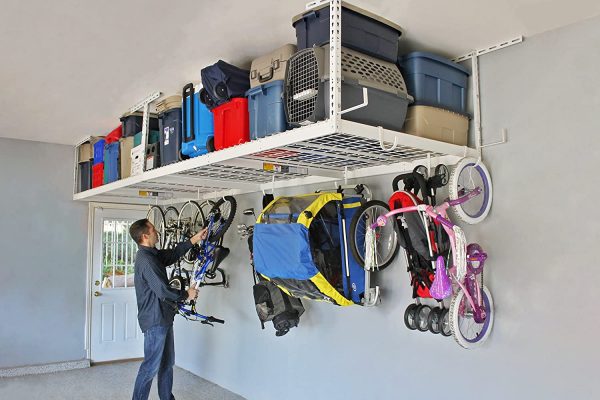
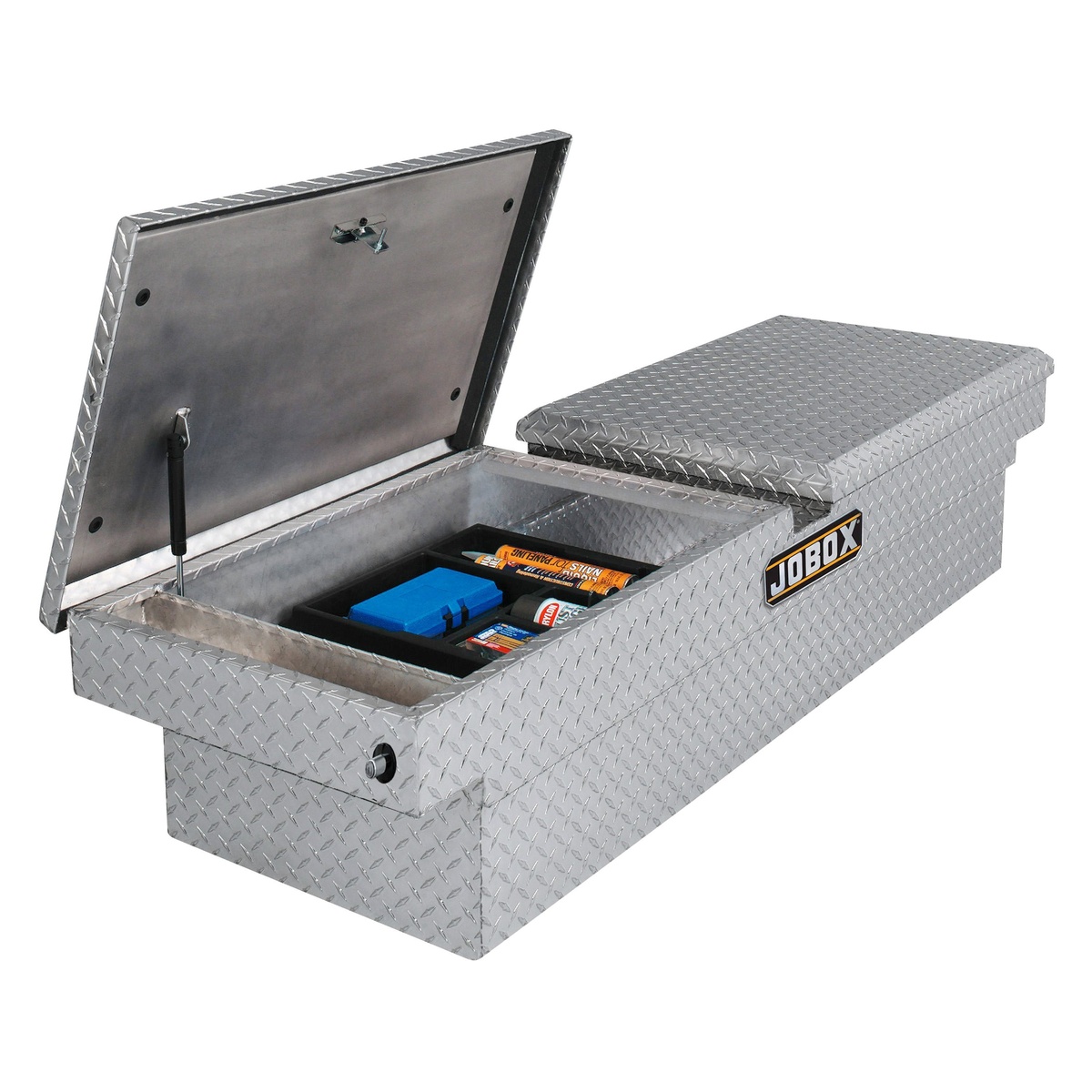

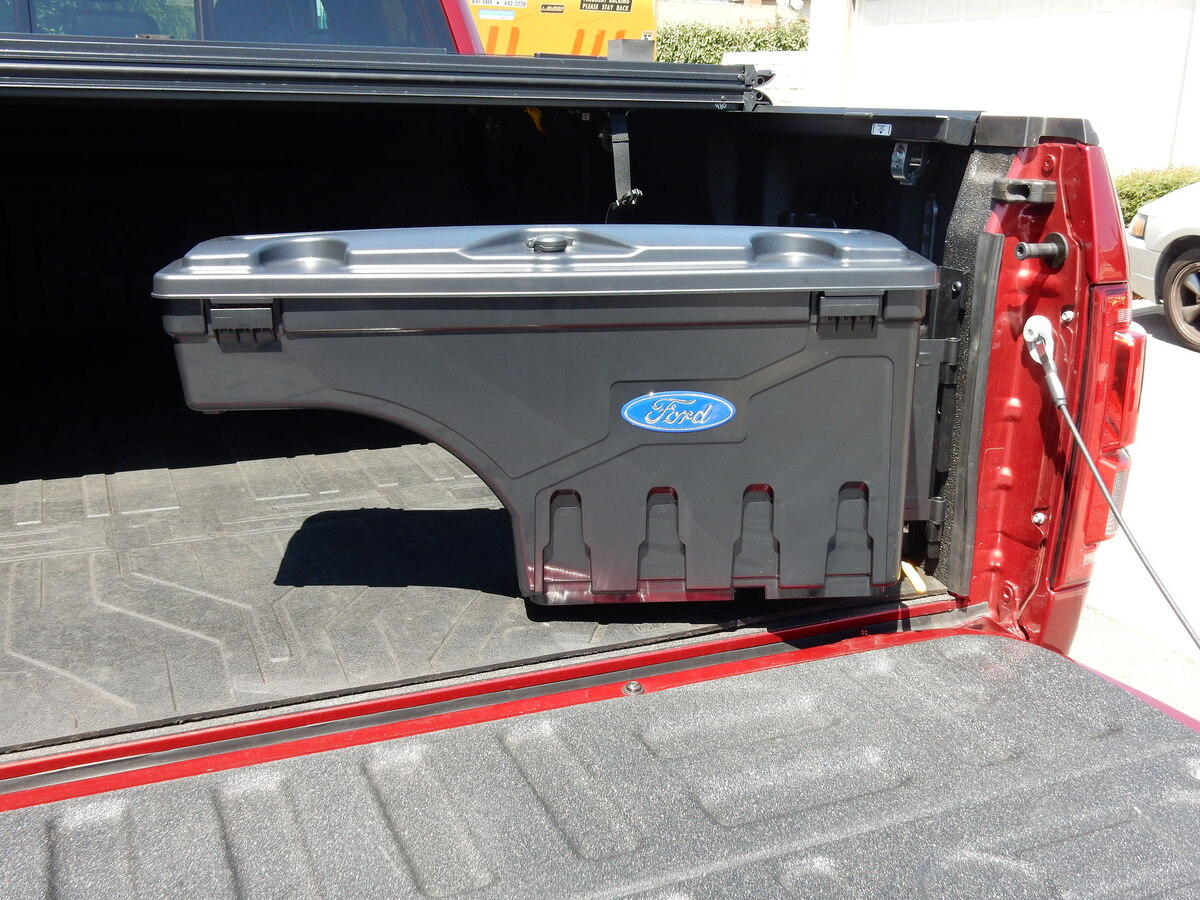
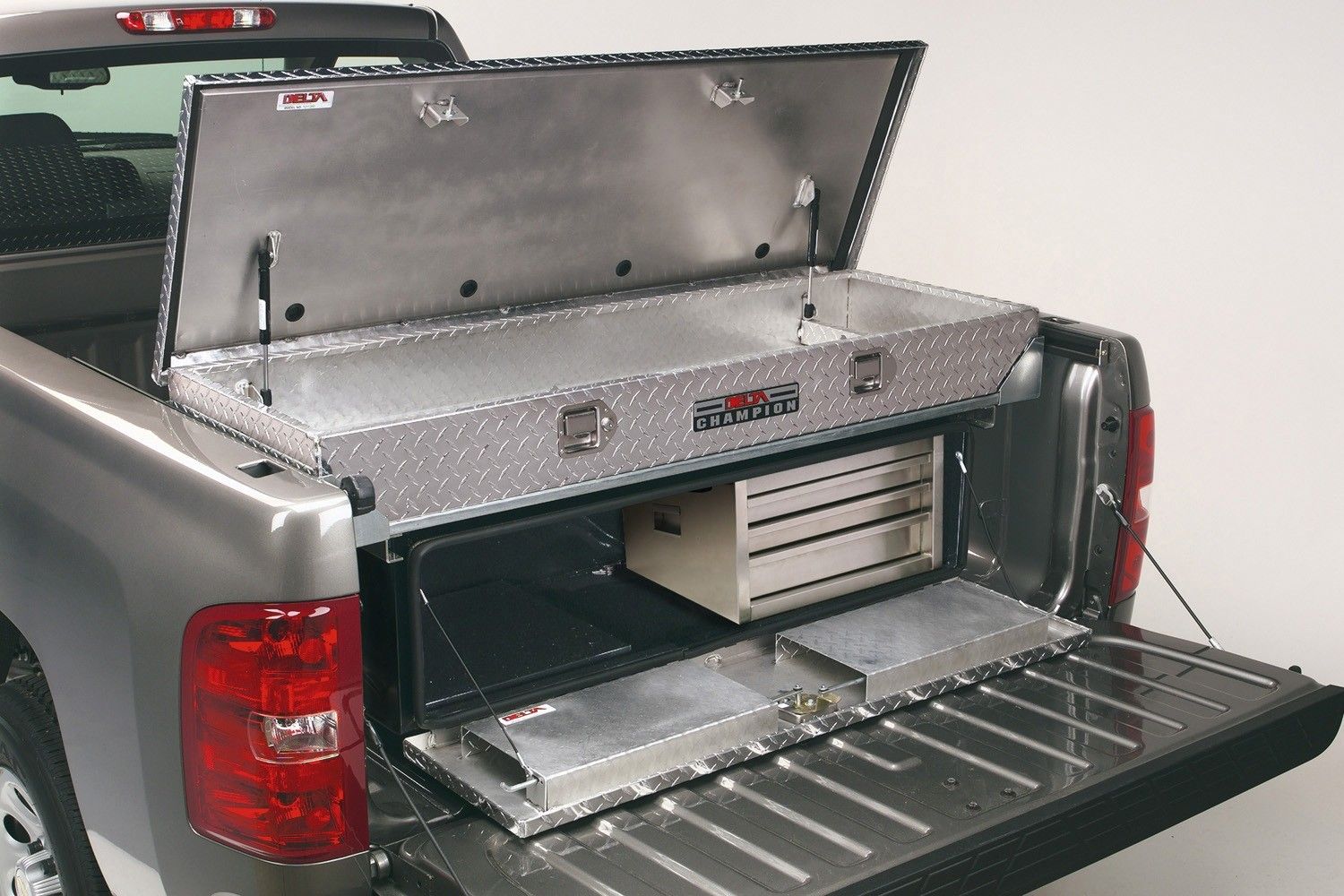
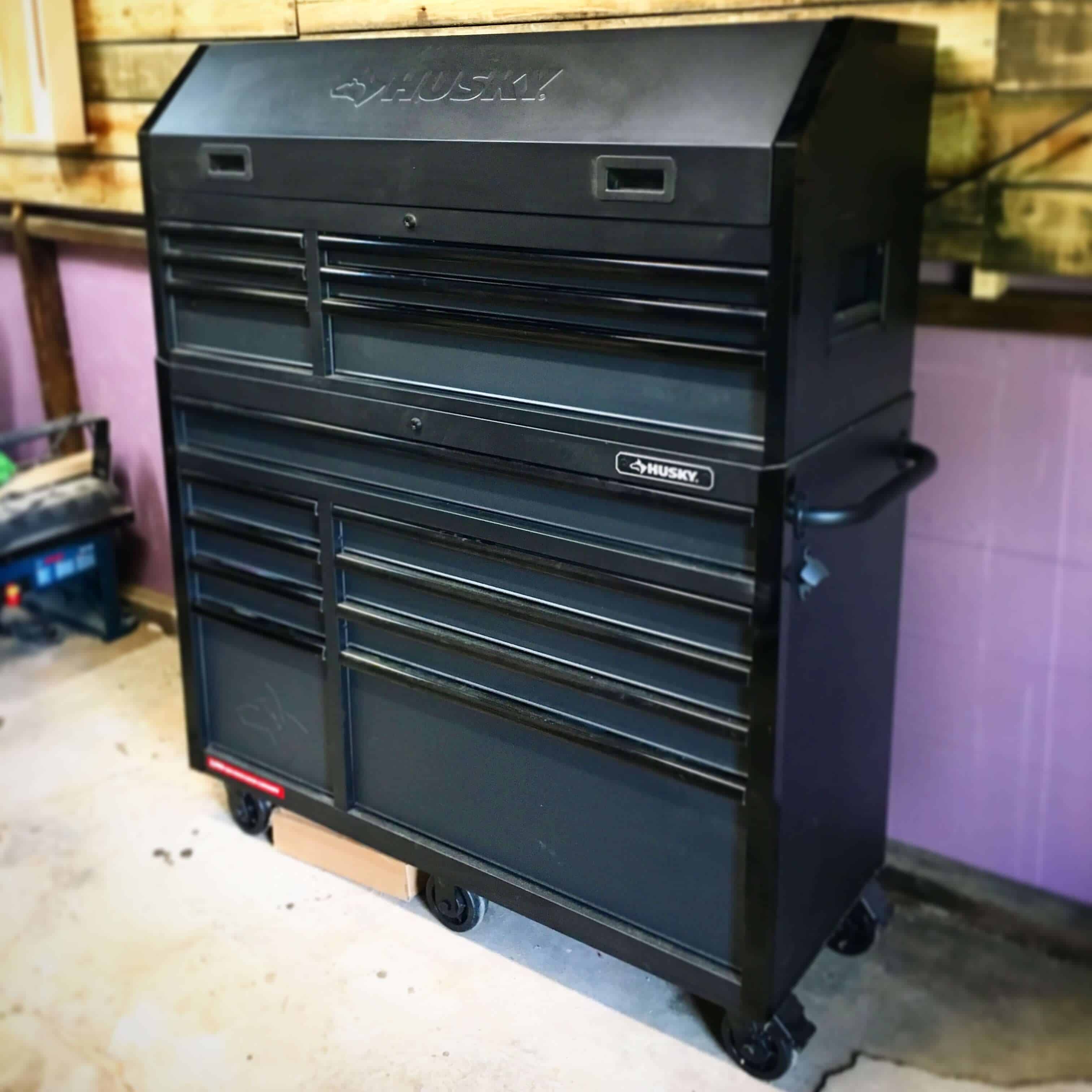

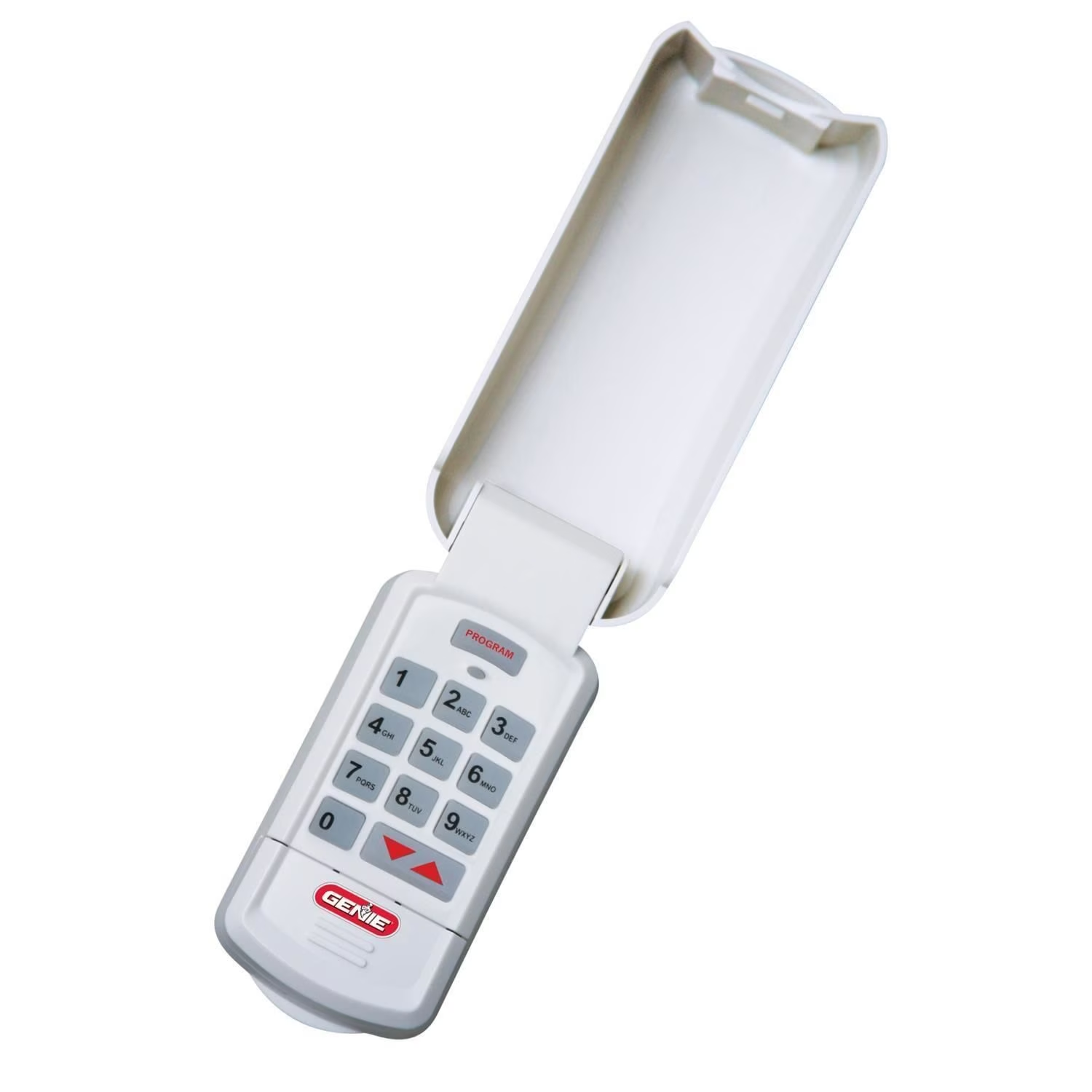
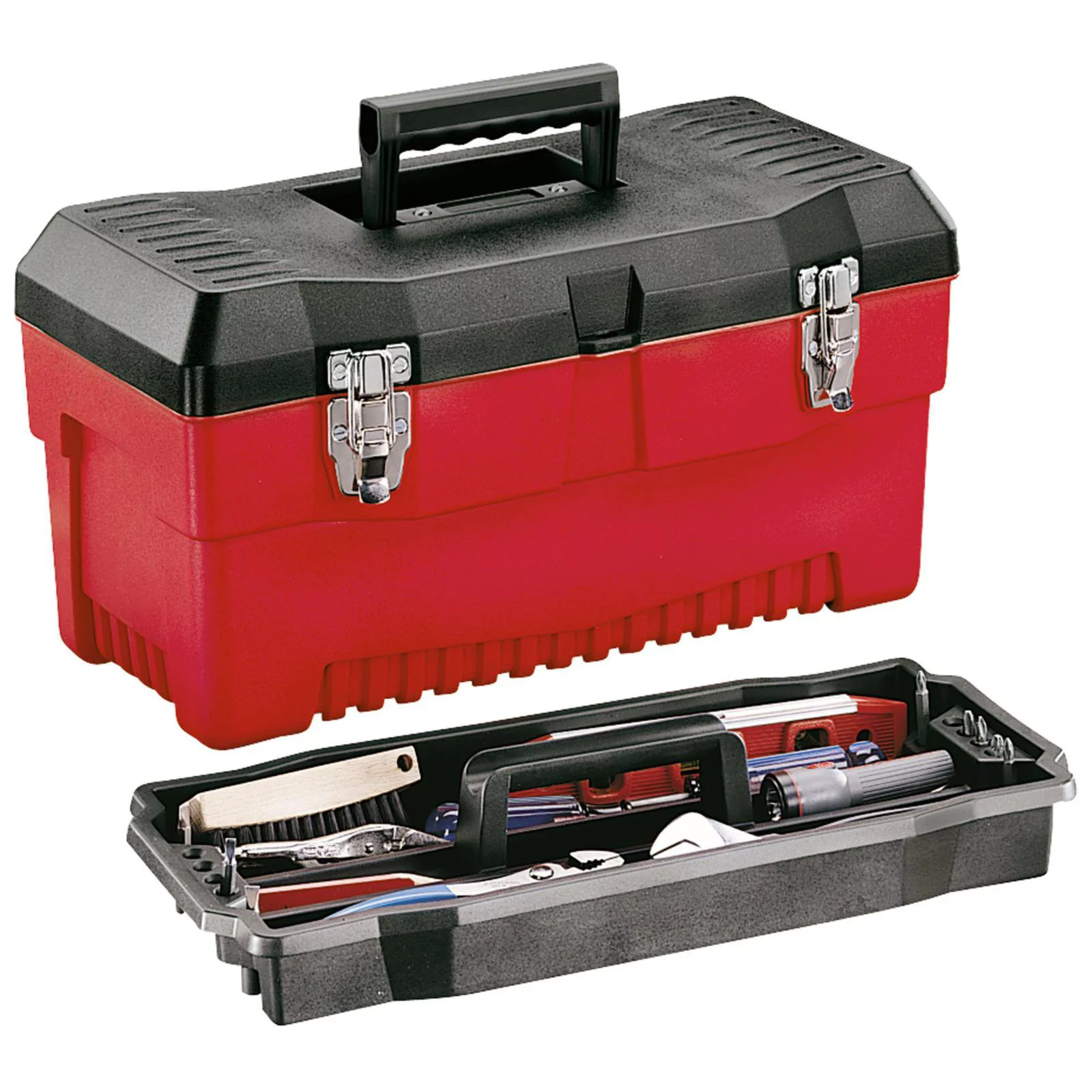
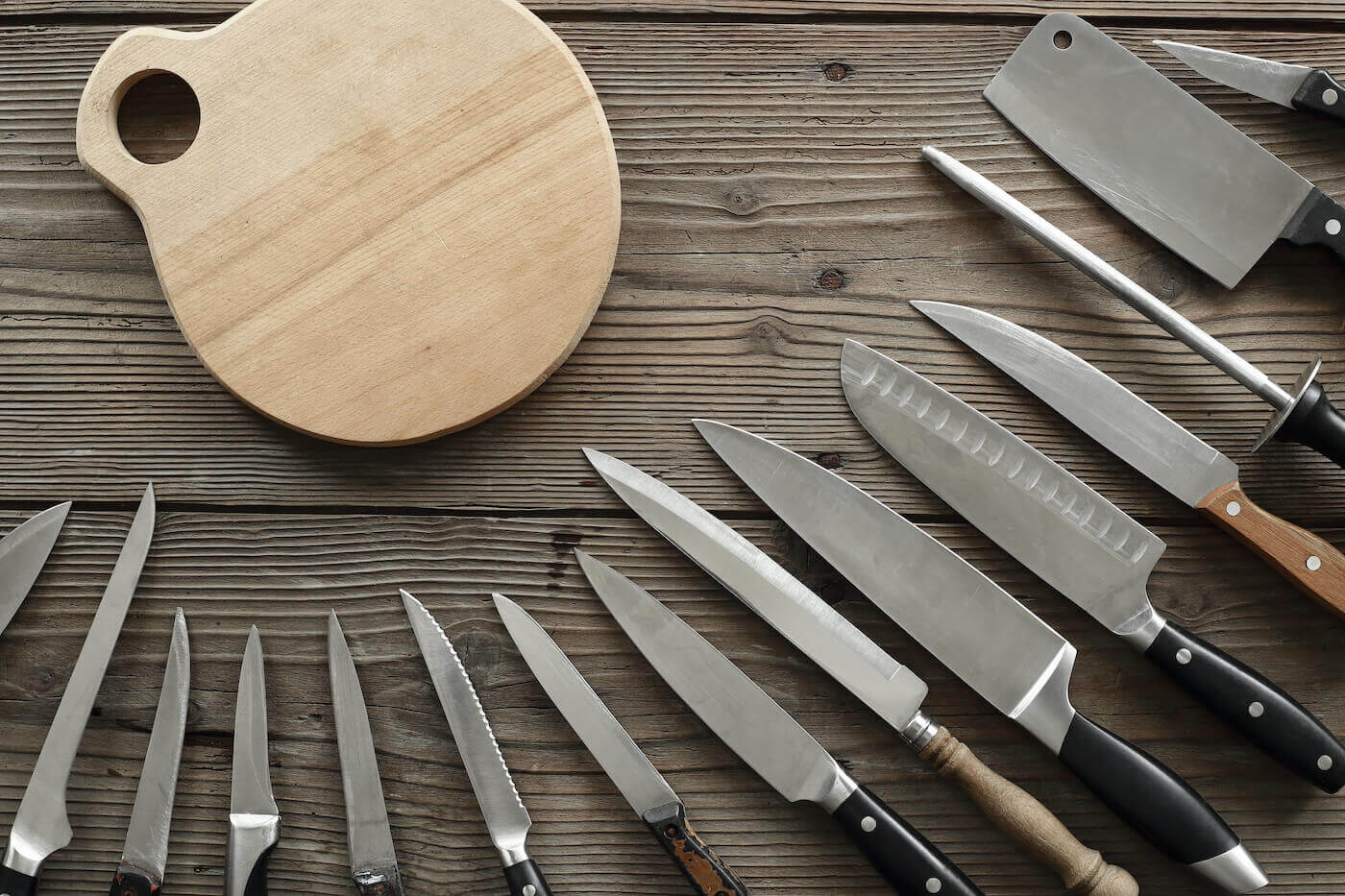
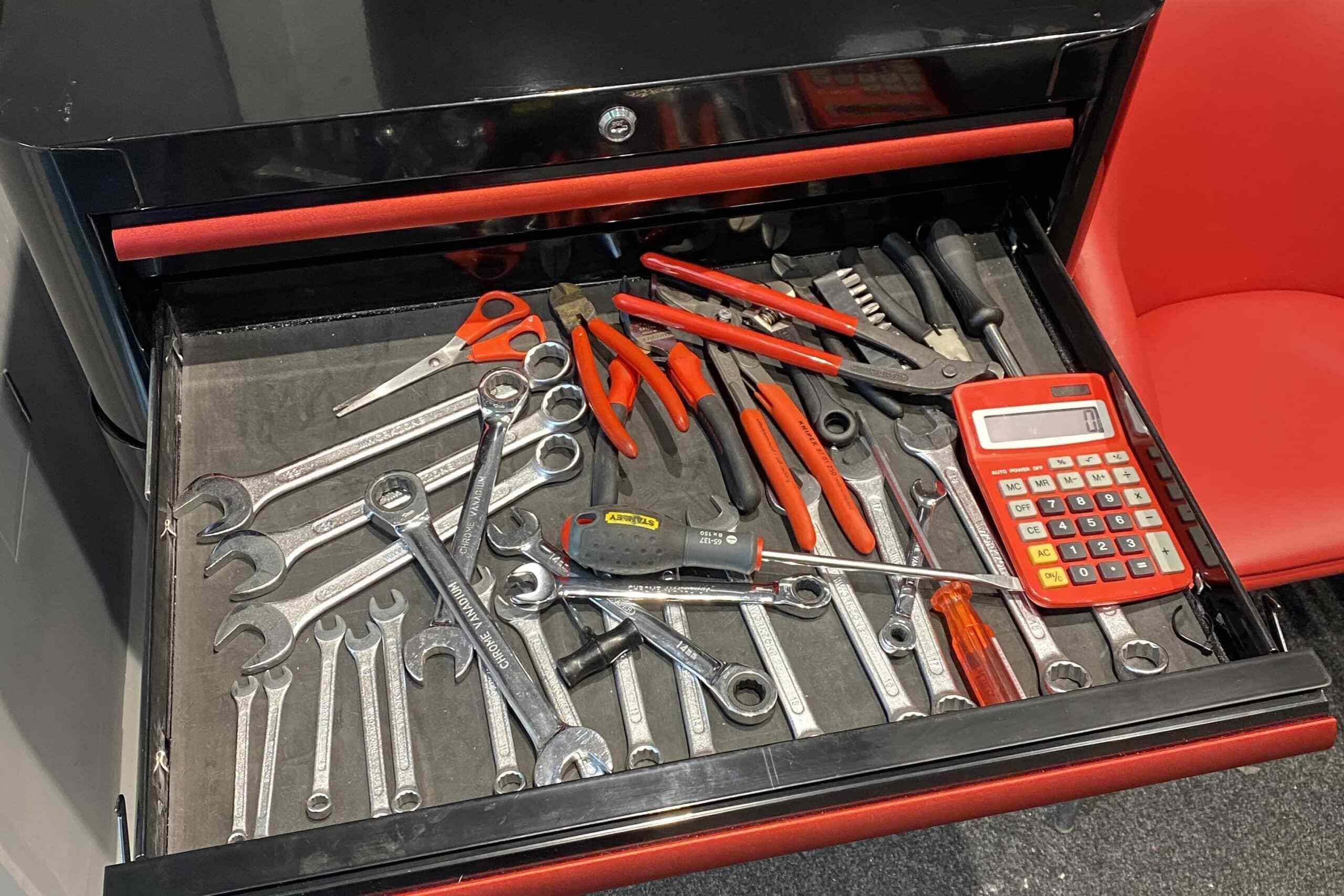
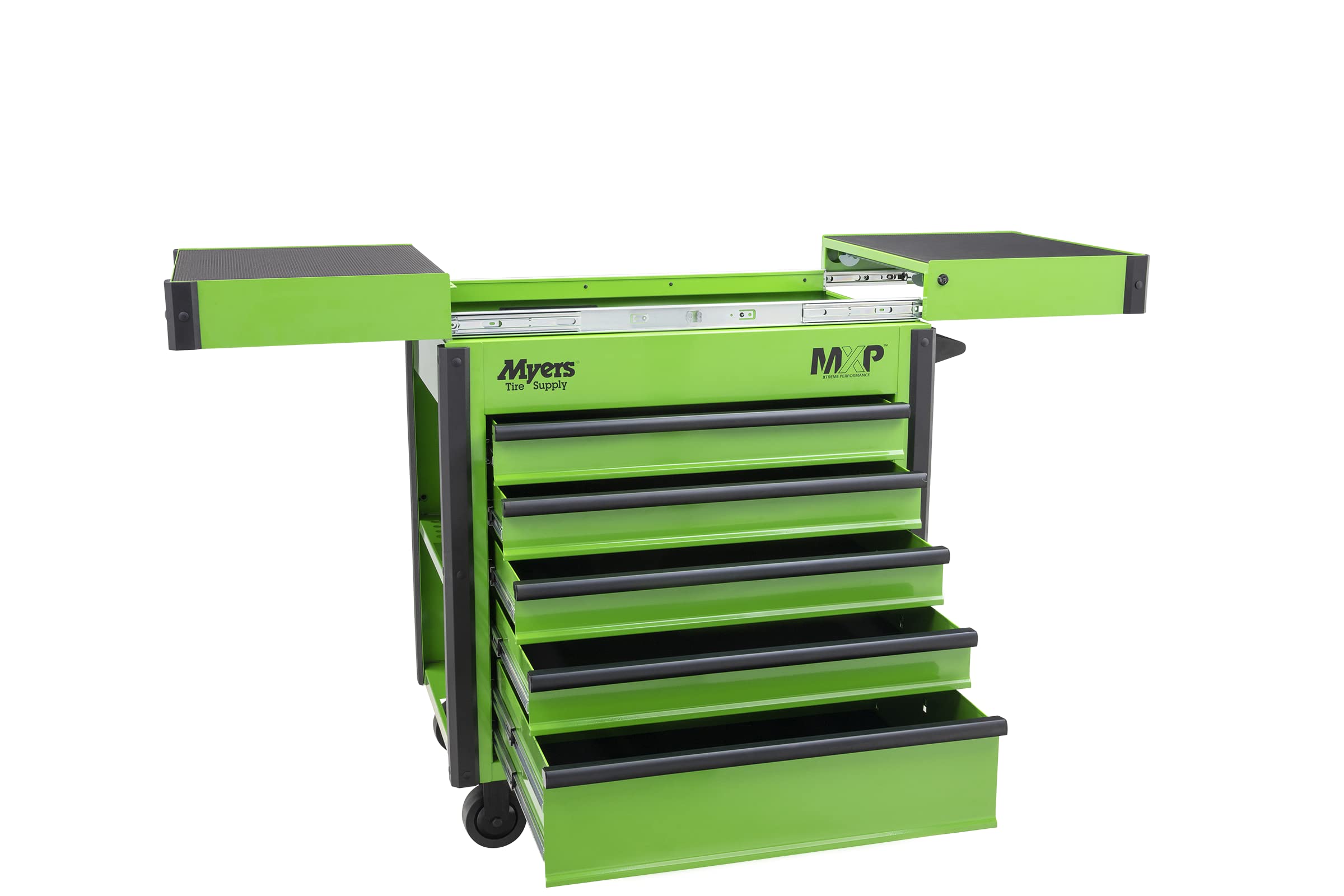
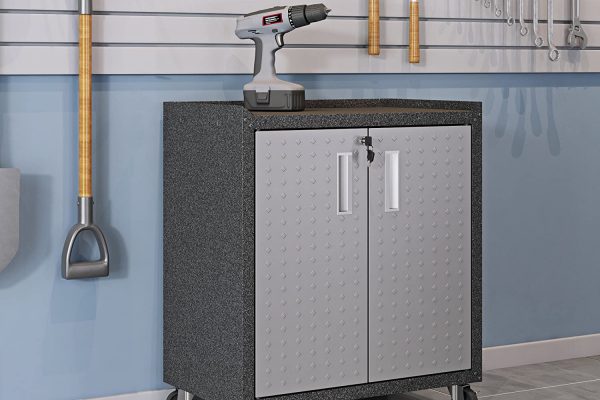

0 thoughts on “What To Use To Level A Rolling Tool Chest In A Garage”